Alaska's Glaciers - A Disappearing Landscape

Alaska's glaciers are a breathtaking sight to behold. These massive ice formations cover an area roughly the size of California and are a major tourist attraction. But beneath their beauty lies a sobering reality: Alaska's glaciers are disappearing at an alarming rate.
The Impact of Climate Change
The main cause of Alaska's glaciers' decline is climate change. As the global temperature rises, so does the temperature of the ocean. This warmer water melts the glaciers from below, causing them to retreat and lose mass. The rate of melting is accelerating. In the past 25 years, Alaska has lost more than 100 billion tons of ice per year. This is equivalent to the weight of 100 million cars.
The Consequences of Glacier Loss
The loss of Alaska's glaciers has far-reaching consequences. Glaciers play a critical role in the environment, providing water, nutrients, and habitat for wildlife. They also regulate the climate by reflecting sunlight back into space. As glaciers melt, they release large amounts of water into the ocean. This can lead to flooding and erosion. It can also disrupt marine ecosystems, as the change in water temperature can harm fish and other marine life. The loss of glaciers also affects the albedo of the Earth's surface. Albedo is a measure of how much sunlight a surface reflects back into space. Glaciers have a high albedo, which means they reflect a lot of sunlight. When glaciers melt, they expose darker surfaces, such as rock and soil. These surfaces absorb more sunlight, which contributes to global warming.
The Future of Alaska's Glaciers
The future of Alaska's glaciers is uncertain. The rate of melting is expected to continue to accelerate, and it is possible that some glaciers will disappear entirely in the coming decades. The loss of Alaska's glaciers will have a significant impact on the environment and on the people of Alaska. It is important to take action to reduce climate change and to protect these important ice formations. Alaska's glaciers are a precious resource that is under threat from climate change. The loss of these glaciers will have significant consequences for the environment and for the people of Alaska. It is important to take action to reduce climate change and to protect these important ice formations.


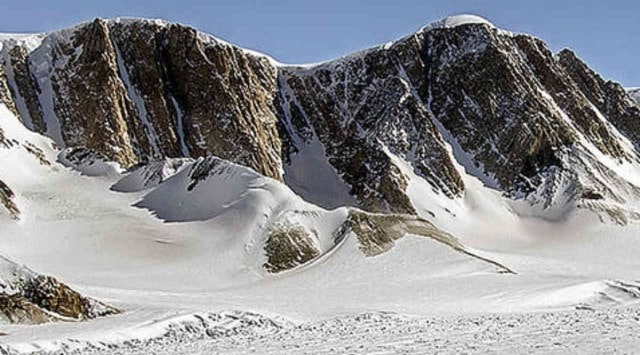

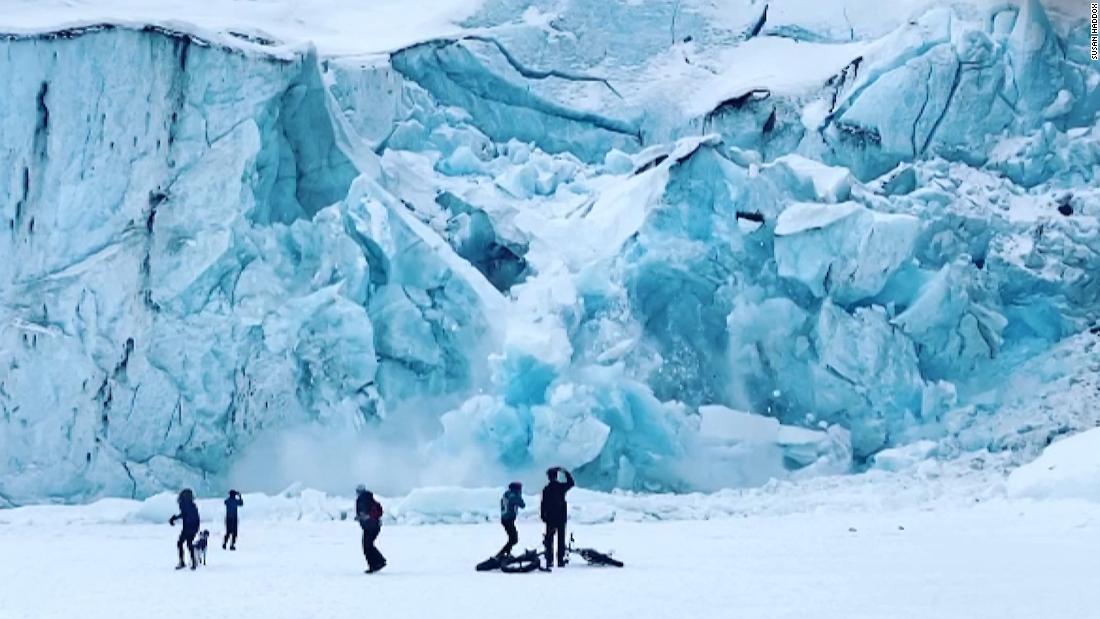
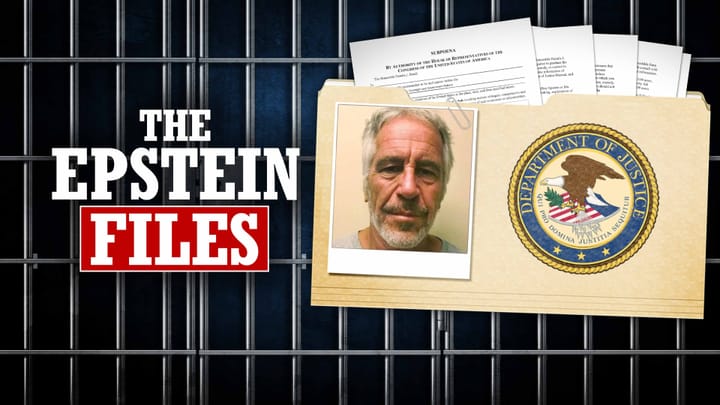
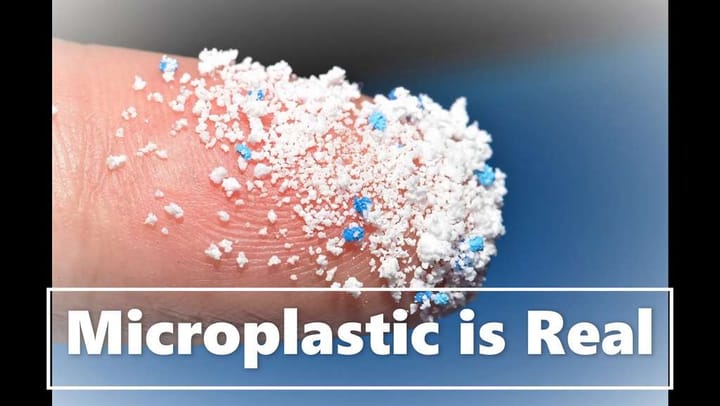
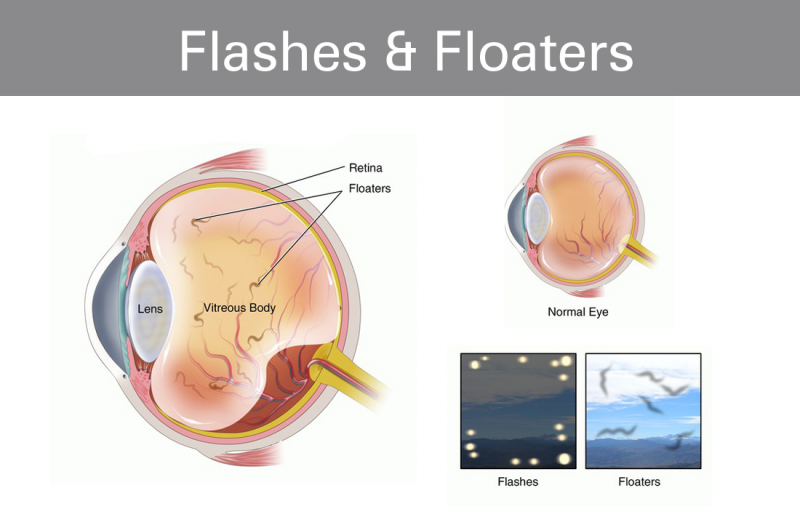






Comments ()